Lotus is a popular aquatic plant known for its adaptability, attractive colors, and symbolic meanings. If you’re a fan of this flower, let’s explore the simple steps to grow lotus in a decorative pot below.
1 Introduction to Lotus
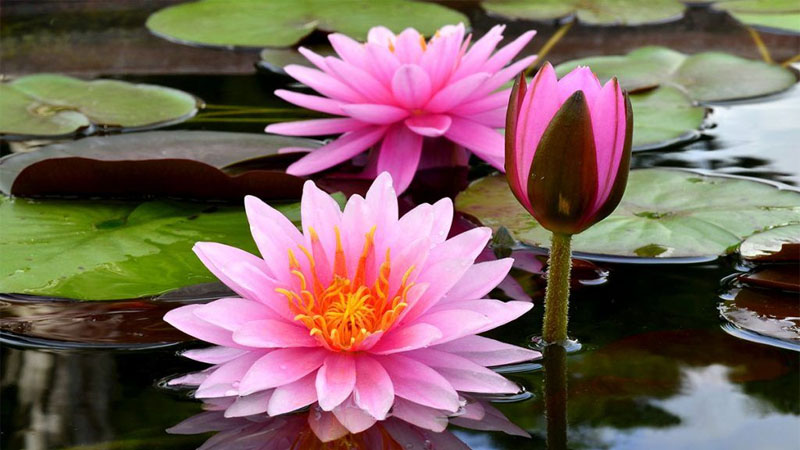 Vietnamese lotus, with its vibrant pink hues, belongs to the tropical lotus family.
Vietnamese lotus, with its vibrant pink hues, belongs to the tropical lotus family.
The scientific name for lotus is Nymphaea Spp, and it belongs to the Nymphaeaceae family, originating from Asia, Australia, and America with over 200 species.
Lotus is an aquatic plant, typically found in rivers, swamps, marshes, and ponds. The lotus plant usually has its stem and leaves floating on the water surface. Its leaves are round, large, and lobed with a deep V-shape towards the stem. They are simple, often glossy green, and alternately arranged.
The Vietnamese lotus boasts a vibrant deep pink color, with petals arranged in layers surrounding a yellow stamen. Classified as a tropical lotus, it can bloom during both day and night, lasting for about 3 days before gradually wilting.
Interestingly, the tropical lotus found in Vietnam is the only group that includes blue lotus varieties.
2 Meaning of Lotus
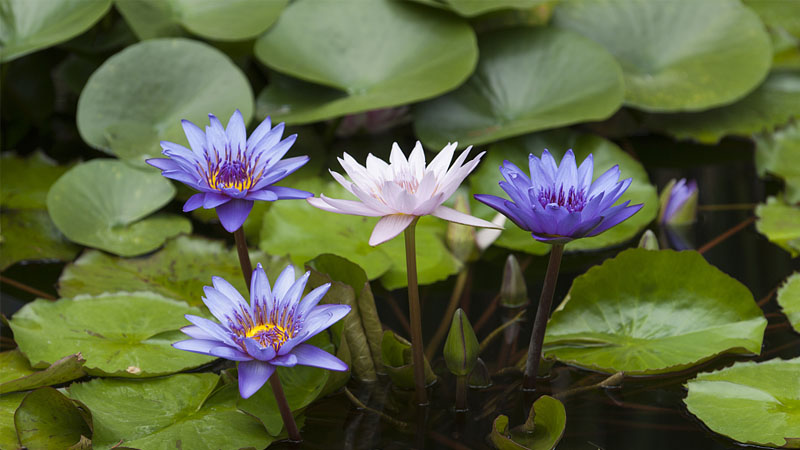 Each lotus color carries a unique significance.
Each lotus color carries a unique significance.
With its tall stem rising above the water, the lotus symbolizes a strong life force that continually grows and moves forward.
In Eastern cultures, the lotus represents purity and innocence, much like the lotus in the mud that remains untainted by its surroundings.
Additionally, each lotus color conveys distinct meanings. The yellow lotus symbolizes nobility, elegance, and wealth. Purple lotus, on the other hand, stands for love and fidelity. The pink lotus exudes a vibrant, romantic aura, reminiscent of youth. And the white lotus embodies virtue, purity, and innocence.
3 Uses of Lotus
 The versatile uses of lotus
The versatile uses of lotus
Lotus has numerous practical uses in daily life. For instance, lotus flowers are commonly used for decorative purposes and landscaping in gardens. Moreover, the flower is also utilized in traditional medicine for its therapeutic properties, including kidney toning, calming, and cough relief.
4 Planting Instructions
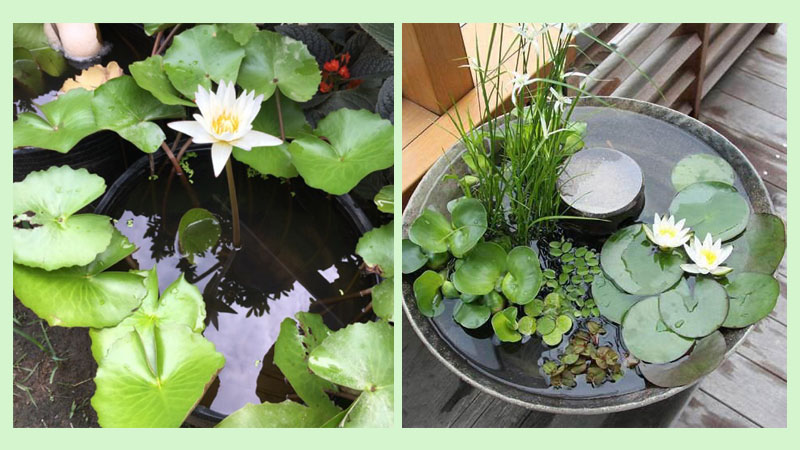 Growing lotus is incredibly easy and requires minimal effort.
Growing lotus is incredibly easy and requires minimal effort.
Planting Techniques
Lotus can be propagated through seeds or planted using rhizomes. Growing lotus in a pot is straightforward and demands minimal care. Here are detailed instructions on how to cultivate lotus:
Prepare a pot with a minimum width of 30-45 cm and a depth of 15-20 cm, with holes drilled at the bottom. Due to the lateral growth habit of lotus, a larger pot will encourage more vigorous growth.
Use clean topsoil free from impurities such as sand, gravel, or coal… To ensure adequate moisture and nutrition, water the soil, mix it well, and soak it for 7 days.
Before planting, prepare the rhizomes by trimming off old roots and positioning them close to the pot’s edge. Note that the rhizomes should be angled towards the center of the pot. Place the pot in a cool, well-lit area.
Care Instructions
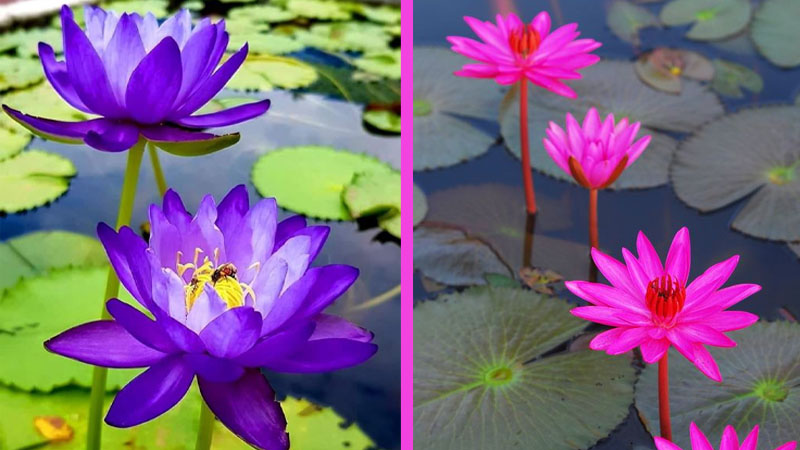 Remember, lotus thrives in warm and humid conditions.
Remember, lotus thrives in warm and humid conditions.
Watering: Always maintain the water level in the pot close to the rim. During hot weather, spray water on the leaves and flowers.
Light: Lotus is not suitable for indoor growth, so place the pot where it receives at least 6 hours of sunlight daily.
Temperature: Lotus prefers warm temperatures, with an ideal range of 16-30°C. Extreme cold will prevent blooming, while excessive heat will cause moisture loss and stunted growth.
Soil: Lotus thrives in moist, nutrient-rich soil. If your plant isn’t thriving, use NPK fertilizer to boost soil nutrition. When fertilizing, wrap a teaspoon of NPK in paper and place it in the root zone to dissolve. Fertilize once every 1-2 months.
5 Where to Buy Lotus and Price Range
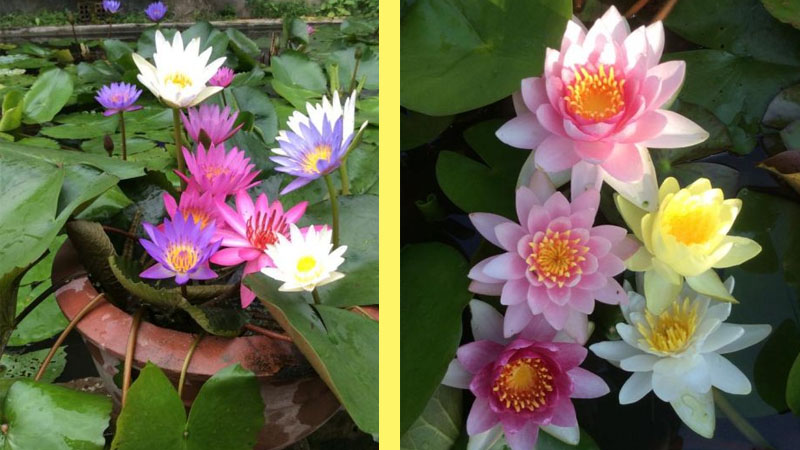 Imported varieties from Thailand and India are more expensive than their Vietnamese counterparts.
Imported varieties from Thailand and India are more expensive than their Vietnamese counterparts.
Lotus plants are readily available at numerous flower and garden shops, offering a wide range of sizes and colors to suit diverse customer needs. Varieties sourced from Thailand, India, and beyond, such as King of Siam, Purple Joy, and Wan Siam, are priced at 150,000-400,000 VND per plant (depending on size and color). Meanwhile, Vietnamese lotus varieties are more affordable, ranging from 50,000-200,000 VND per plant (depending on size and color).
6 Beautiful Lotus Images
 The pastel pink lotus is a popular choice among gardeners.
The pastel pink lotus is a popular choice among gardeners.
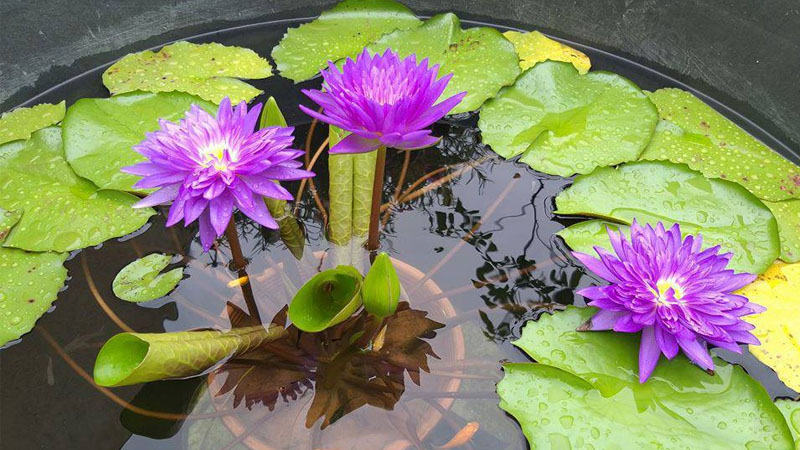 King of Siam, a Thai lotus variety
King of Siam, a Thai lotus variety
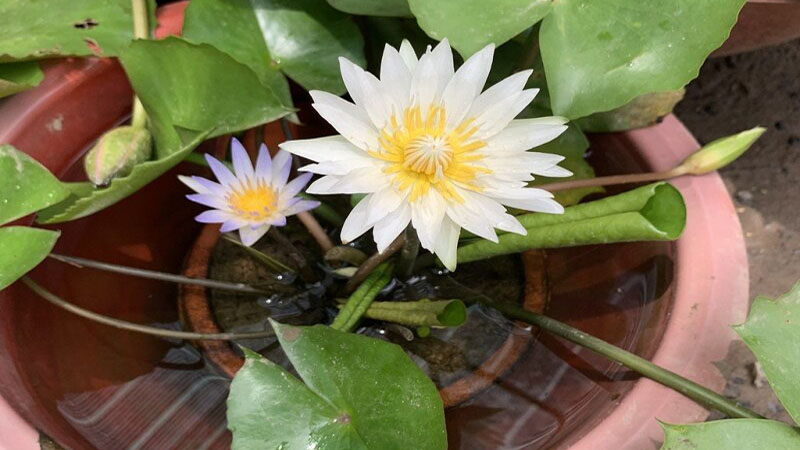 White lotus symbolizes elegance and purity.
White lotus symbolizes elegance and purity.
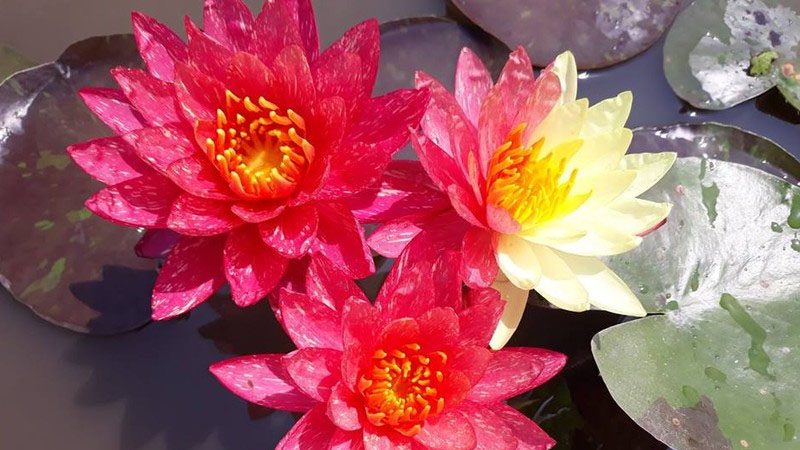 The captivating Wan Siam variety
The captivating Wan Siam variety
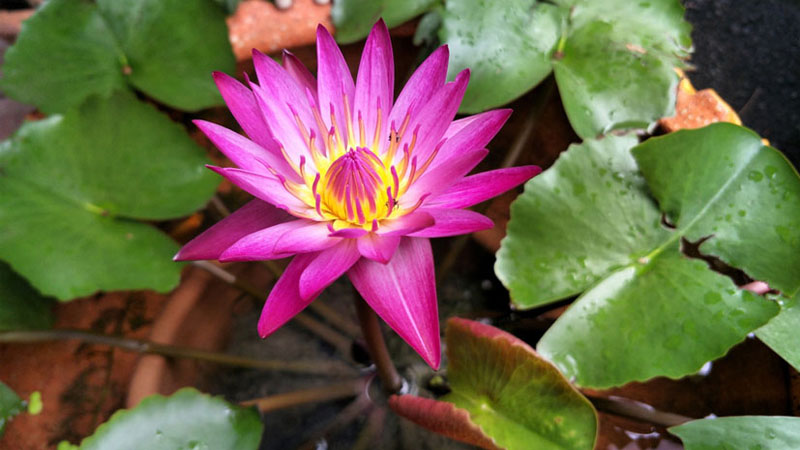 Purple lotus signifies love and fidelity.
Purple lotus signifies love and fidelity.
We hope you found this guide on growing lotus in a decorative pot at home informative. May it inspire you to cultivate your favorite lotus variety successfully.
4 Varieties of Blooming Flowers to Adorn Your Home in June
June brings with it a burst of vibrant and fragrant blooms, offering the perfect opportunity to infuse your living space with a splash of color and a touch of nature’s beauty. Discover four stunning flowers that take center stage this month, each with its unique charm and allure, ready to transform your home into a captivating sanctuary of vibrant hues and delicate fragrances.
What Flowers Should You Buy for the Mid-Autumn Festival?
The Vietnamese have a tradition of preparing offerings on major full moon days, with the Mid-Autumn Festival being a prominent example. What kind of flowers are suitable for this occasion? Let’s explore the options together in the article below.







































